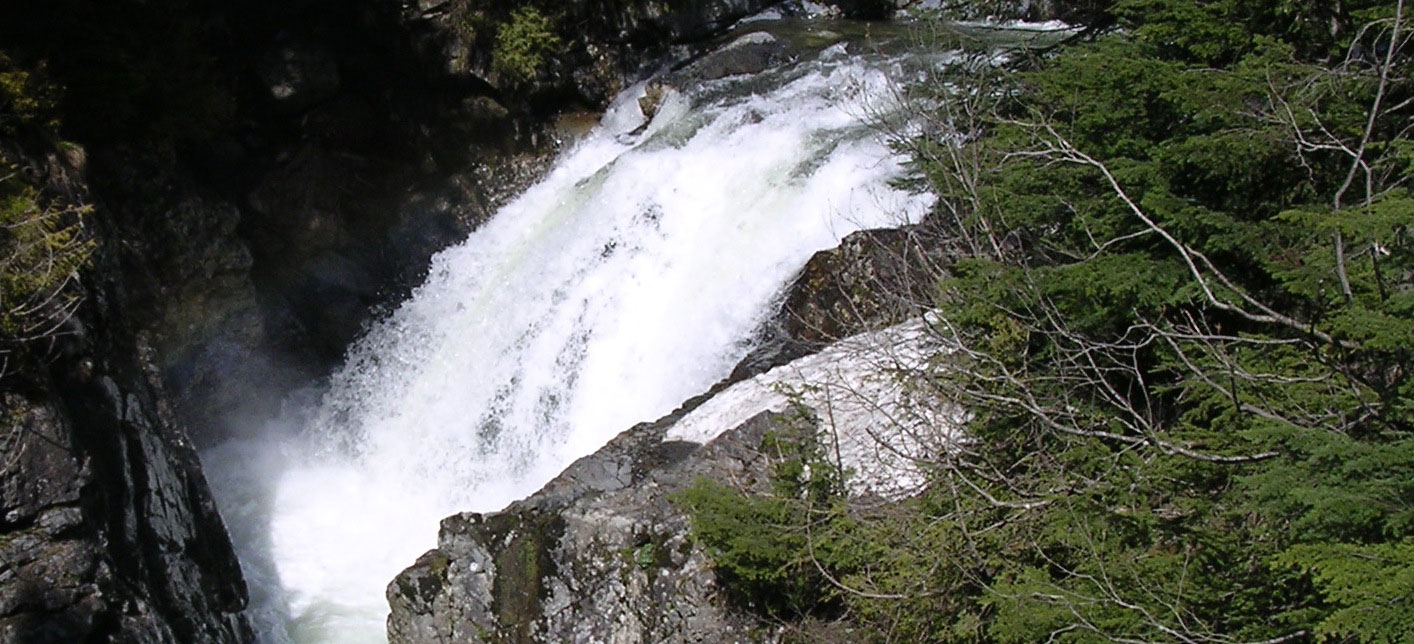Sediment Core Processing Protocol
Core Analysis Protocol
Prepared by Jose A. Constantine (2000); revised by Greg Pasternack (2013)
- Put on a lab coat, safety goggles, ear protection, and work gloves.
- Obtain a core from the cold room or refrigerator.
- Place the core within two table clamps, one close to either end of the table.
- Use tape chalk to make a line across the length of the core.
If the core liner is metal, use electric snips to cut along the chalk line. Electric snips preserve the integrity of the core the best of any cuttent implement.
- If the liner is thin plastic it might be possible to cut it with a box knife- test on an empty liner first.
- If the liner is thick plastic, a circular saw with ceramic blade is a good option. Alternately, one can try to extrude the core by pushing a thick rubber stopper (sized to the inner diameter of the core liner) through the core with a stick, but that will cause some core compaction.
- Turn core 180°, make a second chalked line along the core tube, and cut.
- Cut a length of fishing line using a knife or razor blade.
- Insert the fishing line on one end of the core and run the line, with each end of the line on either side of the cut, down the length of the core.
- Place core on table and carefully separate.
- Place an ID card near the core and measuring tape along its length.
- Carefully photograph the core with most of the viewfinder taken up by the core.
- Mark the core into 5 cm sections.
- Begin description of the core by distinguishing each 5 cm section with a letter and using the stratigraphic description handout seen on desk.
- Take a u-channel and press it all the way into one half of the core. Run a fishing line down the botton of the u-channel to separate it from the underlying sediment and extract a continuous sample of the core in the u-channel.
- Wrap the u-channel in sran wrap and put it into the cold room or refrigerator for later use.
- Mark a pre-weighed 6x6 plastic bag with the 5 cm section core ID and carefully remove the 5 cm section last examined and place inside the bag.
- Record the weight of the bag + sediment.
- Remove a small portion of the sample and place inside a pre-weighed plastic vial.
- Record the section core ID on the vial.
- Repeat steps 12-16 through the entire core.
- Mark an 8x8 plastic bag with the core ID and place the plastic vials within it.
- Take the bag of vials to Building 4 behind IOE and place inside the -80° C freezer.
- Mark a jumbo zip-lock bag with core ID and place all remaining sediment samples within it.
- Take the jumbo bag to the cold room and store within one of the plastic tubs.
- Mark the core ID being stored on the outside of the tub.
- Smile because you have just survived describing one whole core.


